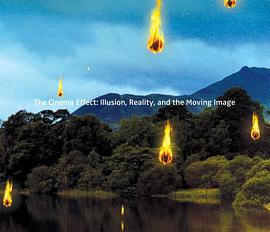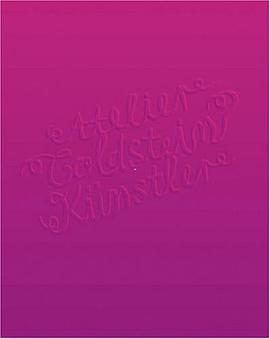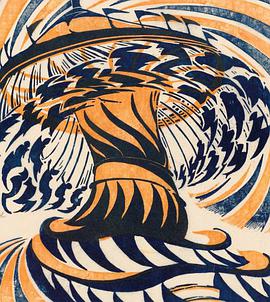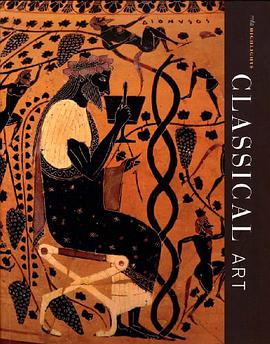

具体描述
This volume offers an in-depth exploration of contemporary moving-image art, examining the ways in which "the cinematic" has blurred cultural distinctions between reality and illusion. Cinema was "the" unrivaled art form of the twentieth century; in the art world, the use of film and video and the appropriation of cinematic language and devices for works in a range of media have been growing since the early 1960s. In the realm of popular culture, the influence of this technology and its vocabulary have grown to the point where the boundaries between "real life" and make-believe are at the least blurred and at most indecipherable.Opening with Kerry Brougher's overview of the cultural, social and psychological issues raised by "The Cinema Effect," the book divides into two parts which reflect the opposing poles of cinema, and the roles they play in art and contemporary culture. The first section, "Dreams," opens with a discussion by Kelly Gordon of how and why moving-image work has shifted from the margins to the center of art production. This essay considers the analogous relationship between cinema technology and the psychology of dreams, as well as the ways in which artists compel or challenge suspension of disbelief. The second section, "Realisms," shifts the focus to the larger societal impact of the pervasiveness of cinema, looking at the work of emerging artists. In this section Anne Ellegood examines issues of subjectivity and identity in the featured artists' work and Kristen Hileman explores the complex issue of authenticity.
作者简介
目录信息
读后感
评分
评分
评分
评分
用户评价
相关图书
本站所有内容均为互联网搜索引擎提供的公开搜索信息,本站不存储任何数据与内容,任何内容与数据均与本站无关,如有需要请联系相关搜索引擎包括但不限于百度,google,bing,sogou 等
© 2025 book.wenda123.org All Rights Reserved. 图书目录大全 版权所有




















